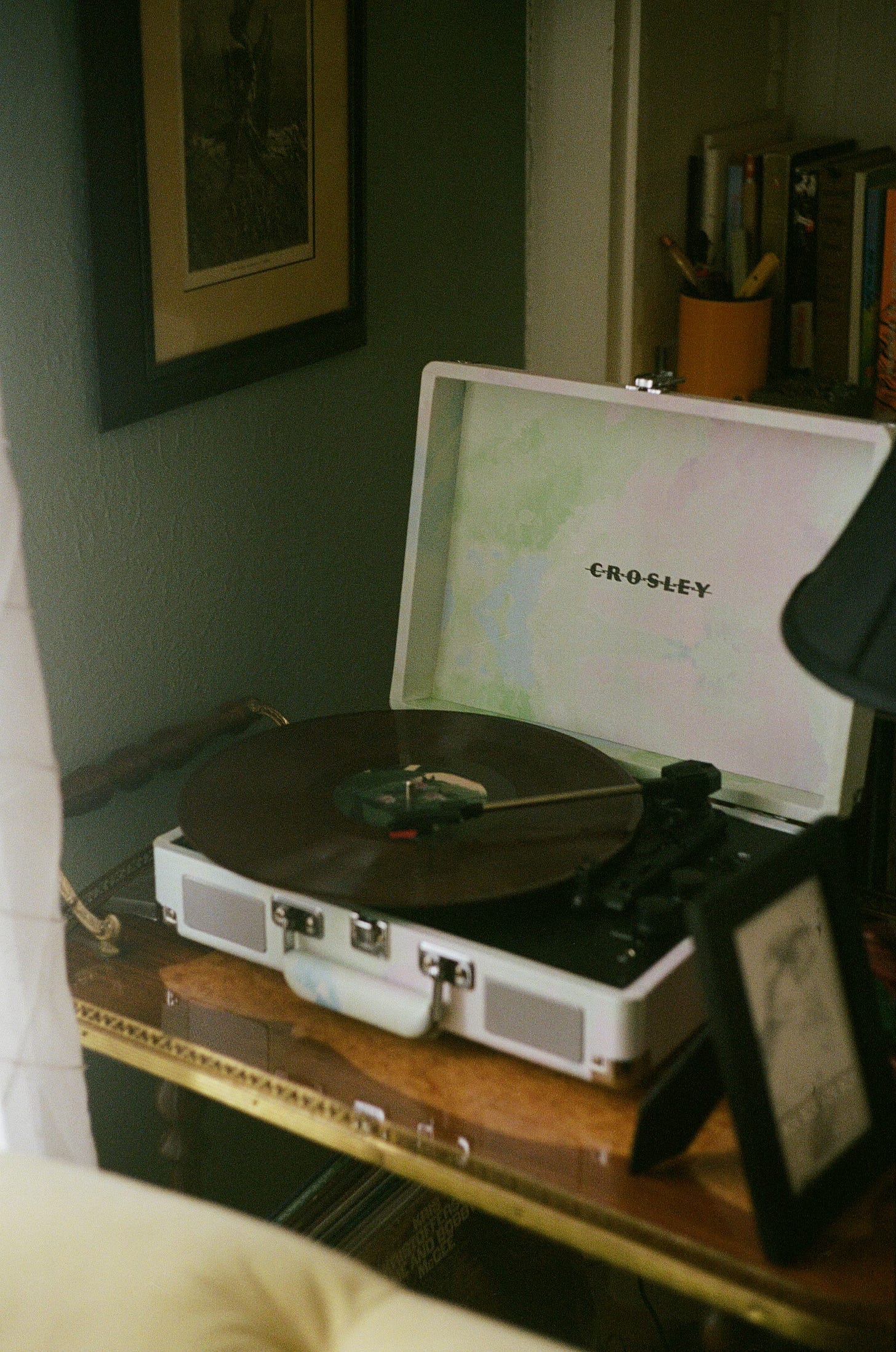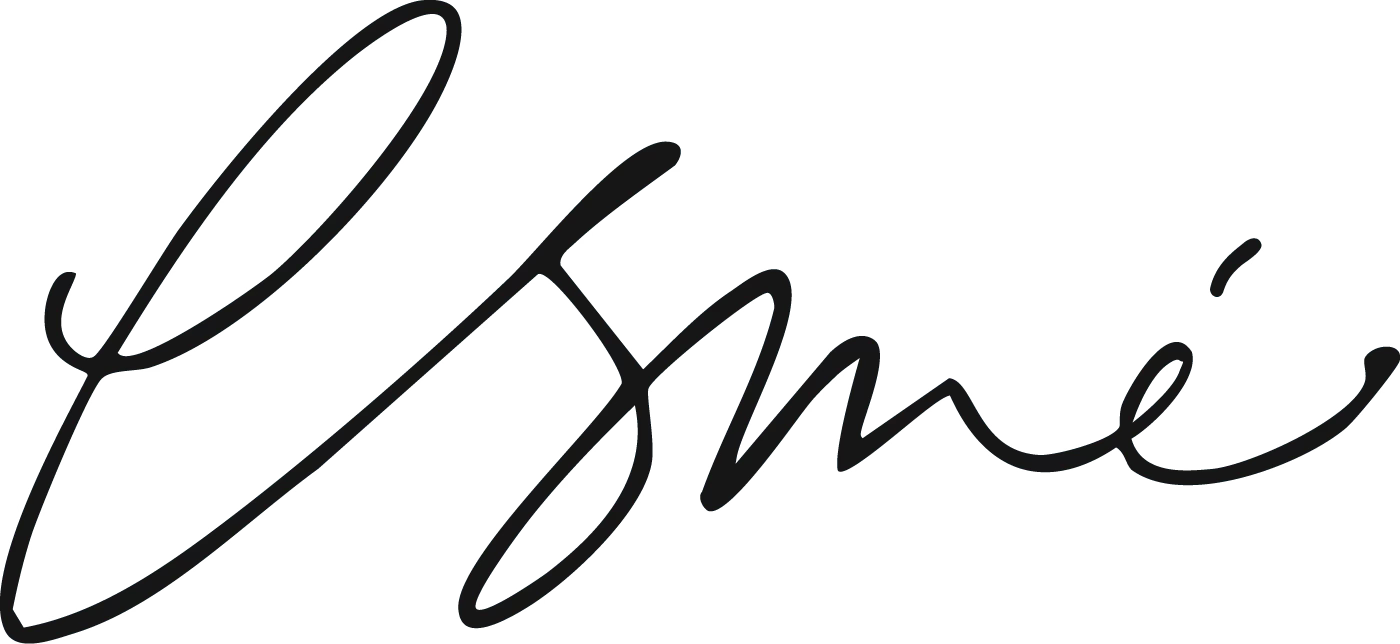Reason for Living: Silence
what if you're afraid of the very thing you need?
(Sponsored by Headspace)
There's a particular kind of terror that comes with sitting alone with your thoughts when you have complex PTSD (or an unpleasant inner world to begin with). Silent meditation—that supposedly peaceful practice everyone recommends—becomes a trap door into memories you've carefully compartmentalized. This is why, despite trying Headspace back in 2010, I couldn't stick with it. The app's focus on mindfulness felt like being asked to sit in a room with everything I was trying to avoid. Each attempt was too difficult. Each attempt became too frightening to try.
But silence finds us anyway, doesn't it? In waiting rooms. During sleepless nights. In the pause between one task and another. Regardless of earbuds and earplugs, we can't outrun it forever.
When Headspace recently asked if I'd like to revisit their app, I almost said no. Then I remembered something my therapist once said: "The things that feel impossible at one point in your recovery might become possible later." Maybe I was ready to try again.
The Architecture of Avoidance
Let me be clear about what I mean by terror. When I first tried meditation, sitting in silence meant confronting the replay of traumas, the intrusive thoughts, the body memories that surface when there's nothing to distract from them. I'd built an elaborate architecture of avoidance—podcasts while showering, TV while eating, audiobooks while falling asleep. Anything to avoid that terrifying quiet.
The original Headspace, with Andy's cheerful voice guiding mindfulness exercises, asked me to dismantle that architecture. But (and I’m sorry, Andy) I wasn't ready.
A Different Landscape
Opening Headspace now, years later, I found something unexpected: options. It's no longer just a meditation app, but has grown into an entire mental health platform with guided meditations, binaural beats, sleep stories, and even certified mental health coaches trained in the evidence-based approach known as Cognitive-Behavioral Therapy (CBT). Headspace has also recently debuted a CBT-based Guided Program for mood and anxiety in the app. Co-led by a Headspace mindfulness meditation teacher and a Headspace psychiatrist, the program offers an accessible way to build emotional awareness and resilience.
This matters because it means not only can I choose how much silence to try, but I can also seek out skills that will help me deal with the anxious silence that plagues me, on and on.
The "Calming Everyday Anxiety" Collection became my entry point. The Collections, each with a topic, aren't treatments for disorders—Headspace is clear about that—but they offer something I needed: structured ways to exist in quiet spaces without drowning.
Three Minutes at a Time
The SOS meditations changed everything for me. "Panicking SOS" runs exactly three minutes. Three minutes is survivable. Three minutes is a contained experiment in being present. "Feeling Overwhelmed SOS" gives me something to do when the world feels too heavy—not fixing it, but just offering to sit with me until I calm down again.
Which is different from being ambushed by silence. It's choosing to enter it with a guide, with boundaries, and an end point, bringing me to mindfulness without the seemingly too-high threshold.
The Gradual Expansion
Each morning, Headspace offers three practices for the day. The first might be "Pause with 5 calming breaths"—one minute. One minute of chosen silence, versus the endless silence I used to fear. By afternoon, it suggests content for winding down.
I still need my scaffolding of sound most of the time. I still watch TV while eating, still need podcasts in the shower. But now there are small, deliberate windows where I practice being with myself. Not conquering the silence, just visiting it briefly, like checking in on a difficult relative, and someday, I might just be able to live in those places a little longer.
An Unexpected Mirror
The "Pride from the Inside Out" collection caught me off guard with its specificity—meditations for different LGBTQIA+ communities, and even one for allies. It reminded me that we all have our difficult spaces, our own architectures of avoidance. I love that I can listen to guided meditations about the emotions that arrive with coming out; I love that I can listen to others and feel good about who I am as a queer woman. Maybe learning to sit with ourselves is always an act of courage.
The Imperfect Practice
After weeks with the app, I'm not "cured" of my fear of silence. Some days I can't even do the one-minute practices. But having the option—having a structured way to approach what terrifies me—has shifted something.
I think about how I wrote my books: not in long, perfect stretches but in fragments, sometimes just sentences, written between symptoms, around hospitalizations, through brain fog. Progress doesn't have to look like what healthy people imagine. It can look like three minutes of guided breathing. It can look like choosing your silence instead of having it chosen for you.
If this idea of visiting silence on your own terms speaks to you, you can go to headspace.com/esmewwang for an exclusive 60-day free trial of Headspace, a longer offer than you’ll find on their site. It’s a chance to see if these guided moments might help you, as they’ve begun to help me, approach what once felt impossible. And maybe it’s worth remembering that getting a little help, whether through Headspace or any other mental health resource, is an act of kindness toward yourself, not a sign of weakness.
The silence is still there. It will always be there. But maybe we can learn to visit it on our own terms.





Love this. As a therapist, I know that mindfulness is not for everyone. In fact, people with CPTSD especially need to be careful with it. What a beautiful piece about finding what works. One thing about mindfulness that can be activating for people with trauma histories is the act of dropping one's awareness into the body. Sometimes, it's more advisable to start with the extremities - hands, feet or even fingers, toes - and gradually build up tolerance, if possible.
Thank you so much for this. Everything is not for every body, & learning this has been so helpful. I'm hit or miss with meditation, so will definitely take advantage of this extended trial.